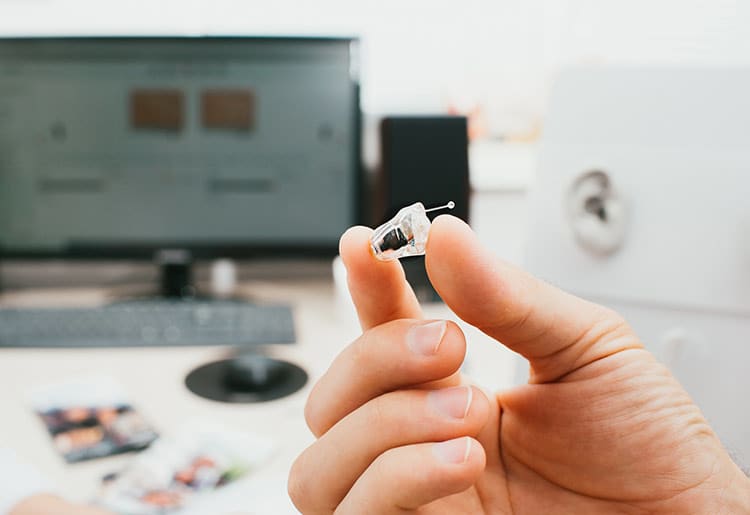1) Faster processors for clearer speech and finer customization
Today’s chips power more agile directionality and noise control, helping speech stand out in restaurants and other challenging places. Some brands also manage room echo and let clinicians or users fine‑tune responses for a specific hearing profile. The common aim: clearer, less distorted speech with less effort.
2) AI‑assisted personalization (and remote care)
Many premium models use AI or machine learning to analyze your sound environment and apply learned preferences. App‑guided tuning lets you compare settings and lock in what works. Most major brands also support remote fine‑tuning with your hearing care professional, reducing in‑person visits for routine adjustments.
3) Smarter Bluetooth: easy streaming and new sharing options
Modern hearing aids can connect directly to your smartphone, letting you stream calls, music, and videos right into your ears - no extra accessories needed. You can also adjust volume and programs through an app on your phone. A new Bluetooth upgrade called Auracast is starting to appear, which will let hearing aids pick up sound directly from TVs, airports, theaters, and other public places — just like connecting to Wi-Fi.
Looking for an easy-to-use OTC hearing aid with smart streaming?
Check out Jabra Enhance - Our top pick for over-the-counter hearing aids, combining clear sound, app control, and everyday comfort.
4) Rechargeable power that lasts the day (and more for some)
Lithium‑ion models typically cover a full day on one charge; some receiver‑in‑ear (RIE) styles advertise up to ~30 hours under light streaming. Portable charging cases are common. Real‑world battery life varies with your amplification needs and streaming time, so check brand guidance.
5) Background‑noise control that reduces listening effort
Modern beamforming and directional microphones, paired with faster processing, make it easier to follow speech in noise. Many platforms also let you adjust “speech focus” in the app for harder environments.
6) Own-voice awareness
Modern hearing aids can now recognize when you’re speaking and adjust the sound of your own voice automatically. This makes your speech feel more natural and comfortable - helping you sound like yourself and stay confident in any conversation. Ask your clinician about models with dedicated own-voice or self-voice processing.
7) Wellness features: steps and engagement
Today’s hearing aids can do more than help you hear — some models now track your daily activity, such as step counts and social engagement levels, through companion apps. A few even include built-in sensors that monitor heart rate. These features support a more connected, health-conscious lifestyle and make hearing aids part of your overall wellness routine.
8) Fall detection that can notify trusted contacts
Some advanced hearing aids include motion sensors that can detect a fall and automatically alert pre-selected contacts with your location. When paired with your smartphone, this feature adds extra peace of mind — helping loved ones stay informed and connected in case of an emergency.
9) More discreet designs across styles
From nearly invisible‑in‑the‑canal (IIC) customs to slimmer behind‑the‑ear devices, you’ll find powerful options with lower visibility. Fit depends on ear anatomy and degree of hearing loss, so your clinician will guide you to the right style.
10) AirPods as OTC hearing aids
Apple’s Hearing Aid software feature allows compatible AirPods Pro models to function as OTC hearing aids for adults (18+) with perceived mild‑to‑moderate hearing loss. You can run an on‑device hearing test or use an audiogram. Battery life for AirPods Pro 2 is up to 6 hours of listening per charge (the case extends total time). Helpful for certain situations, but not a substitute for clinician‑fitted prescription hearing aids when needed.
Takeaway
Even entry‑level models now deliver better speech‑in‑noise handling and personalization than older aids. For extras like step/engagement tracking or fall alerts, confirm brand/app compatibility. If you’re considering AirPods’ OTC Hearing Aid feature, make sure your hearing profile fits the adult mild‑to‑moderate use case and discuss longer‑term options with an audiologist.
Ready for personalized, prescription-level care?
Explore hear.com to connect with certified audiologists and find advanced hearing aids tailored to your needs.
